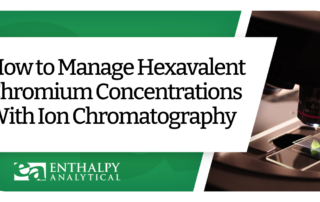
Toxicity Identification Evaluation Lab
Introduction
Our collaborative and integrative approach to TIEs combines novel testing methods with innovative and iterative techniques to efficiently and successfully characterize the causes of toxicity in water and sediment samples.
Toxicity Identification Evaluation (TIE) studies are used to determine the cause(s) of observed effects and have proven to be an invaluable tool applicable to a variety of environmental issues. A TIE combines toxicity testing with a suite of chemical and physical fractionation procedures and analytical chemistry to identify the specific constituents responsible for toxicity. Our scientists offer a wide variety of expertise with regard to developing methods, designing, conducting, and interpreting the data produced by TIEs including specialized toxicity testing. We approach the individual situation rather than attempting to use the same tools in every situation. We have successfully identified toxicity across a range of constituent classes in all matrices including run-off samples from roadways, municipal sewage treatment plants, various industrial sites, superfund, groundwater, shipyards, and agricultural and urban areas. Our toxicity identification evaluation lab also includes source tracking and identification as well as supporting analyses for the proportional contribution of contaminants.
- Toxicity Identification Evaluation for water, sediment, and soil
- TIE/TRE Workplan development
- Benchtop and pilot-scale proficiency testing for treatment systems prior to implementation
- Source tracking and identification
- Method development
- Novel test design
- Multiple lines of evidence approach
- Cost-effective, iterative, and informative approach


